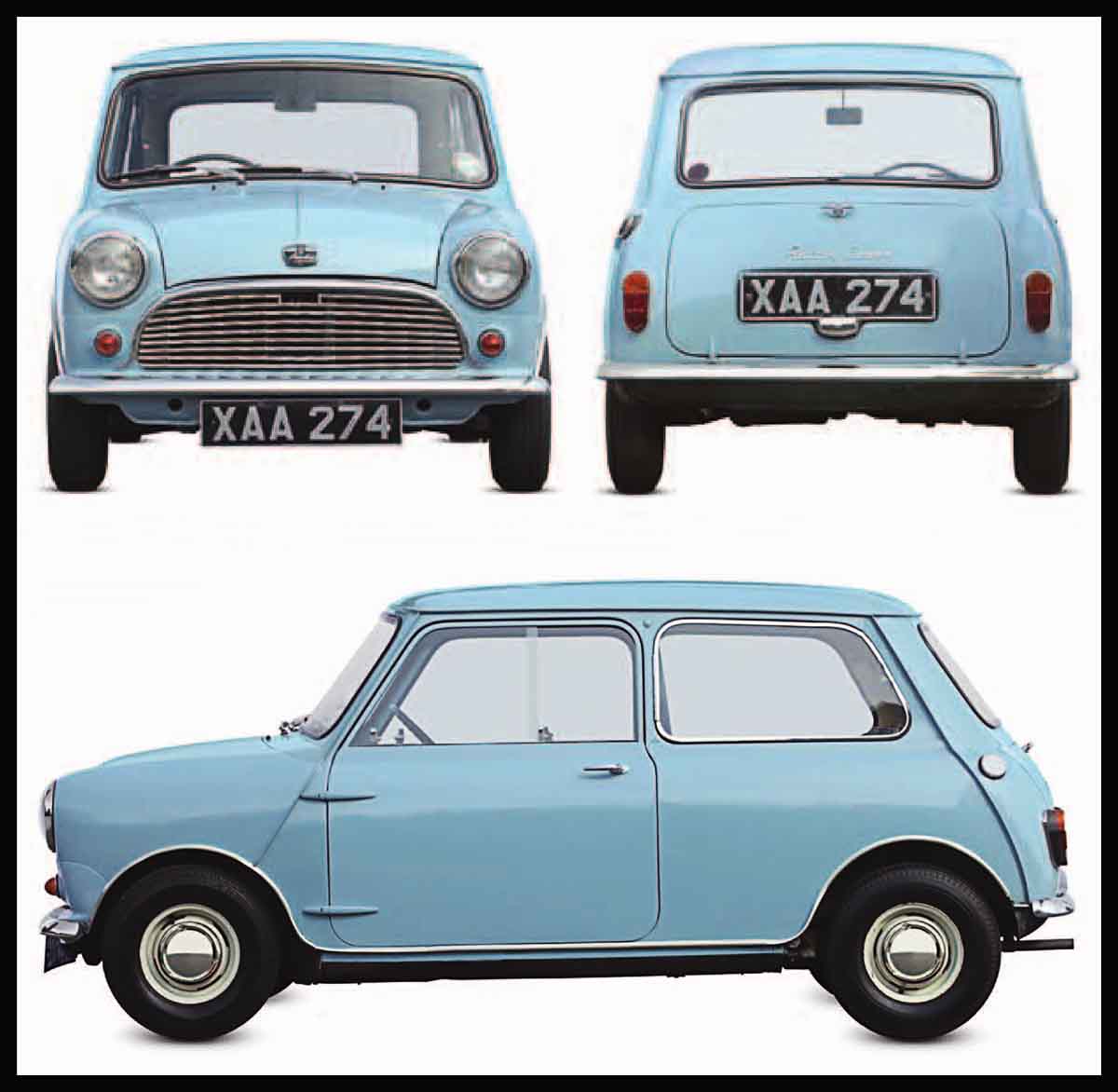
Austin Mini Seven
Conceived as an alternative to the “bubble cars” popular at the time of the 1956 Suez Crisis, the Mini revolutionized small-car design. Its front-wheel drive and transverse engine established the pattern for the modern motor car, putting manufacturer BMC (British Motor Corporation) in the technological forefront. It also became an emblem of the freewheeling 1960s, its cheeky charm boosted by the rally successes of the Cooper version. The Mini was assembled in several countries, and over 5 million had been made when production ended in 2000.
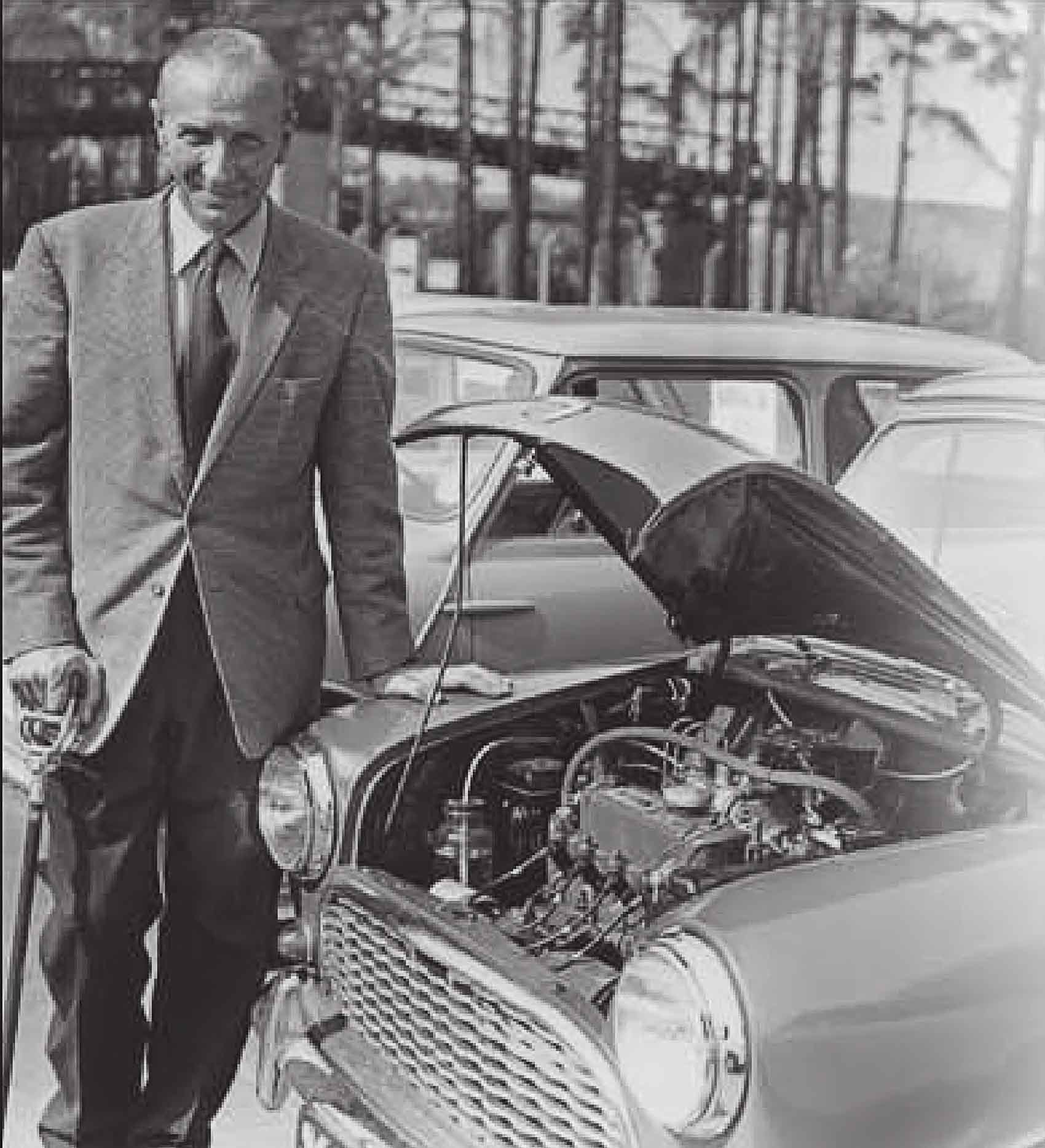
THE MINI’S appeal did not rest just on its small size and trim, functional lines. Above all it had astonishing packaging; its body was 10 feet (3 meters) long and accommodated four people and their luggage as well as an orthodox four-cylinder engine. It also had excellent responsiveness and handling, and soon became the darling of avid drivers.Variations included the sportier Cooper, the more luxurious Wolseley Hornet and Riley Elf, the Jeep-like Moke, a van, and a pickup. In 1969 the up-market Clubman was introduced, with an extended nose. Mechanically, the car was gradually refined, but the only significant change was a softer rubber-and-fluid independent suspension, introduced in 1964 and removed in 1971. Later the car failed to compete with the new generation of bigger and more comfortable “superminis,” and sales fell away.
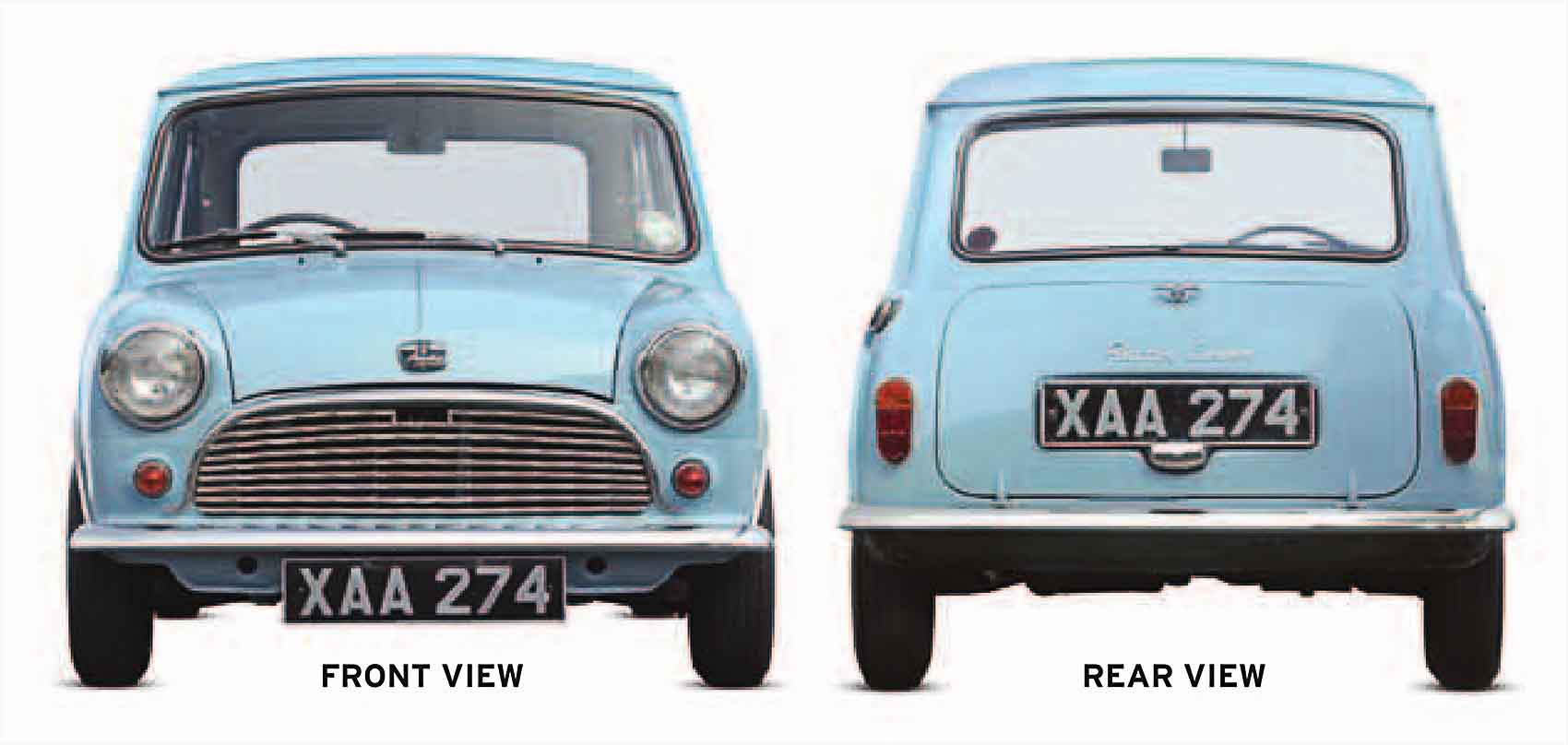
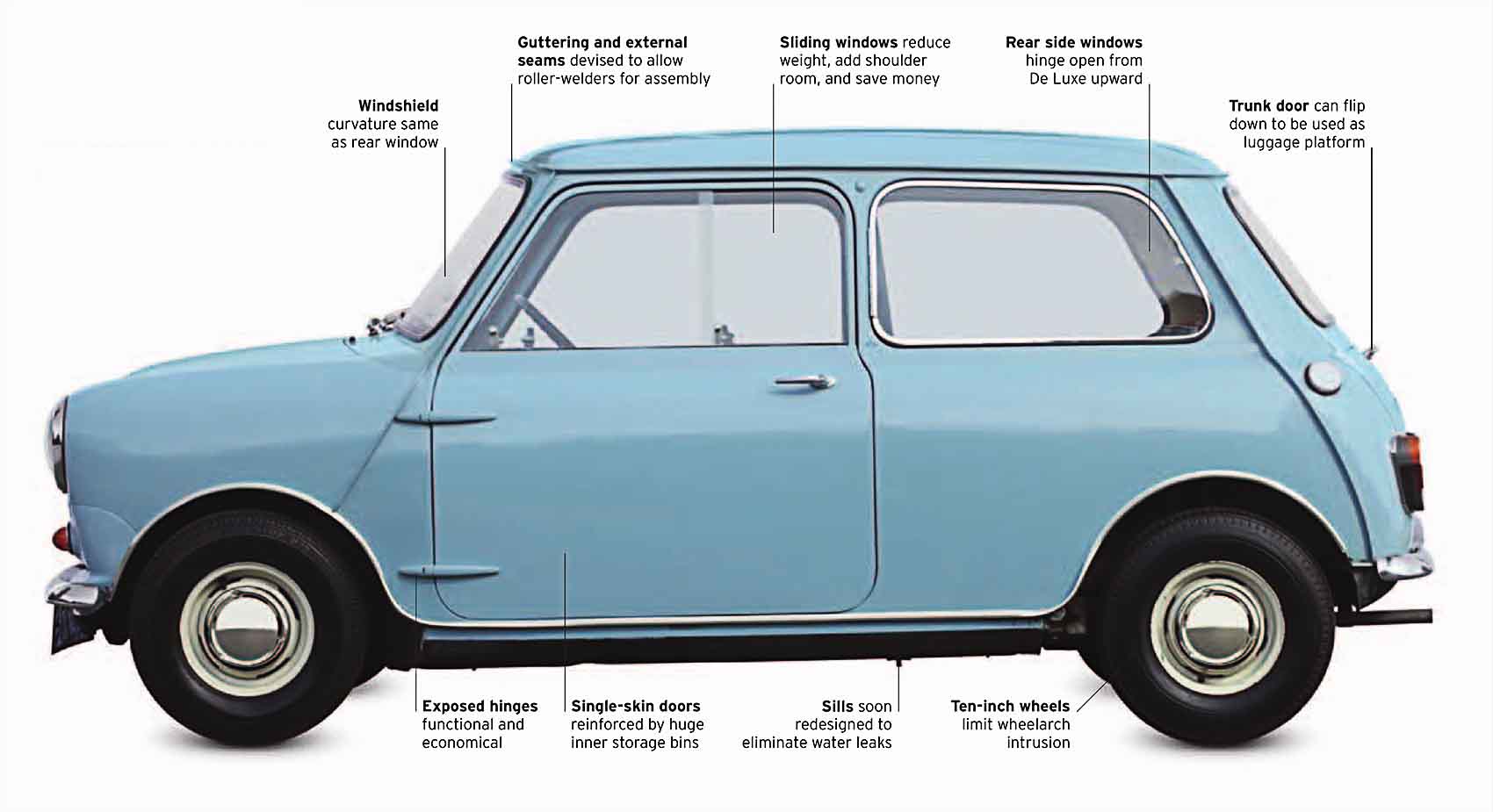
SPECIFICATIONS
| Model | Austin Mini Mk I, 1959-67 |
| Power output | 34 bhp at 5,500 rpm |
| Assembly | Mainly Longbridge, UK |
| Transmission | Four-speed manual |
| Production | 435,000 |
| Suspension | Rubber cone or hydrolastic |
| Construction | Steel monocoque (separate subframes) |
| Brakes | Drums front and rear |
| Engine | 848 cc, ohv straight-four |
| Maximum speed | 72.4 mph (117 km/h) |
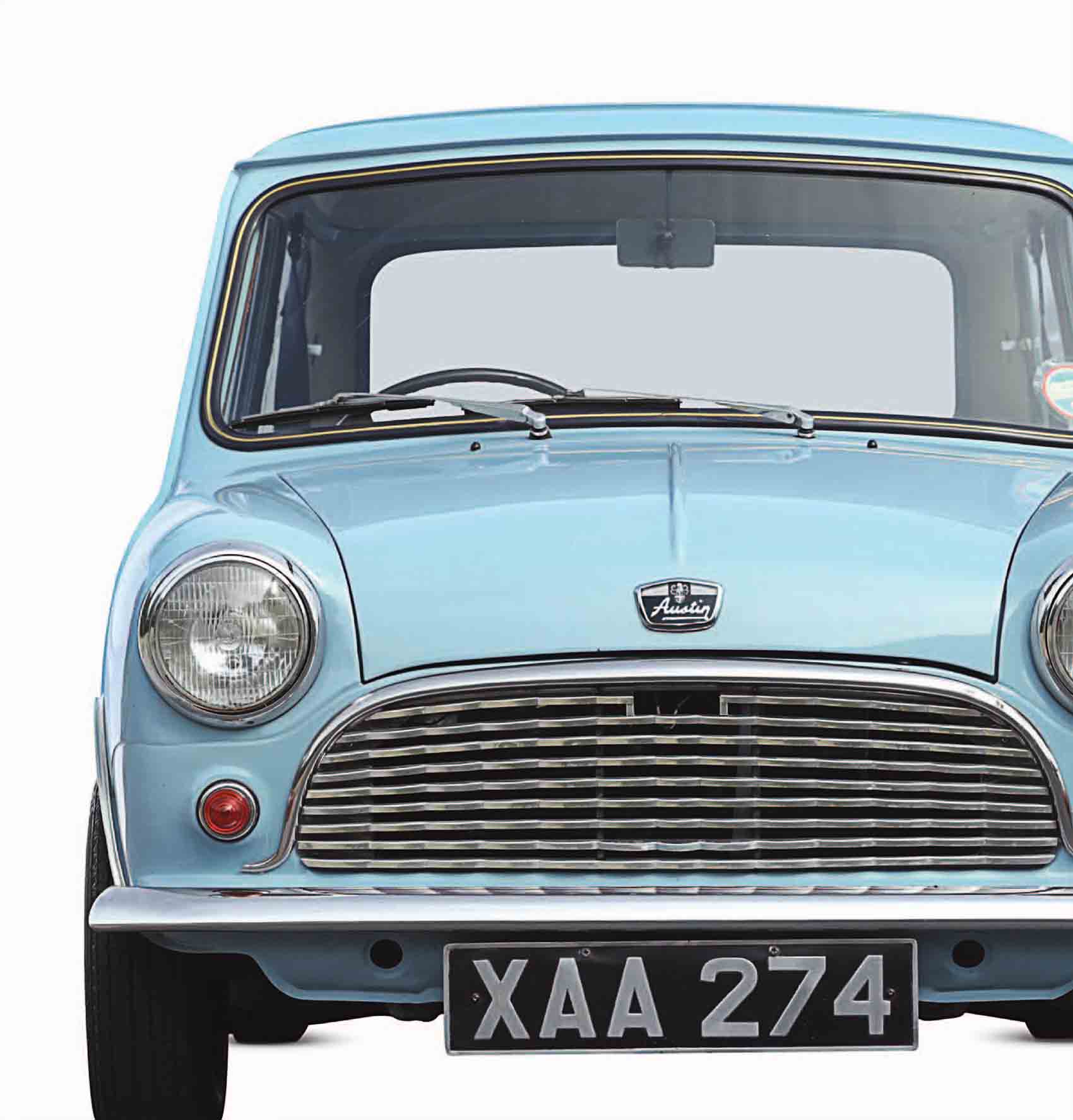
Form follows function
The Mini’s austere appearance was marked by a distinct lack of embellishment. Its creator, Sir Alec Issigonis, affected a disdain for styling, but he had a fine eye for line. The Mini in its original form was largely his work, refined by his body draftsman, with limited involvement from BMC’s styling chief. Ironically, its simple functionality was what would ultimately establish the Mini as a fashion icon.
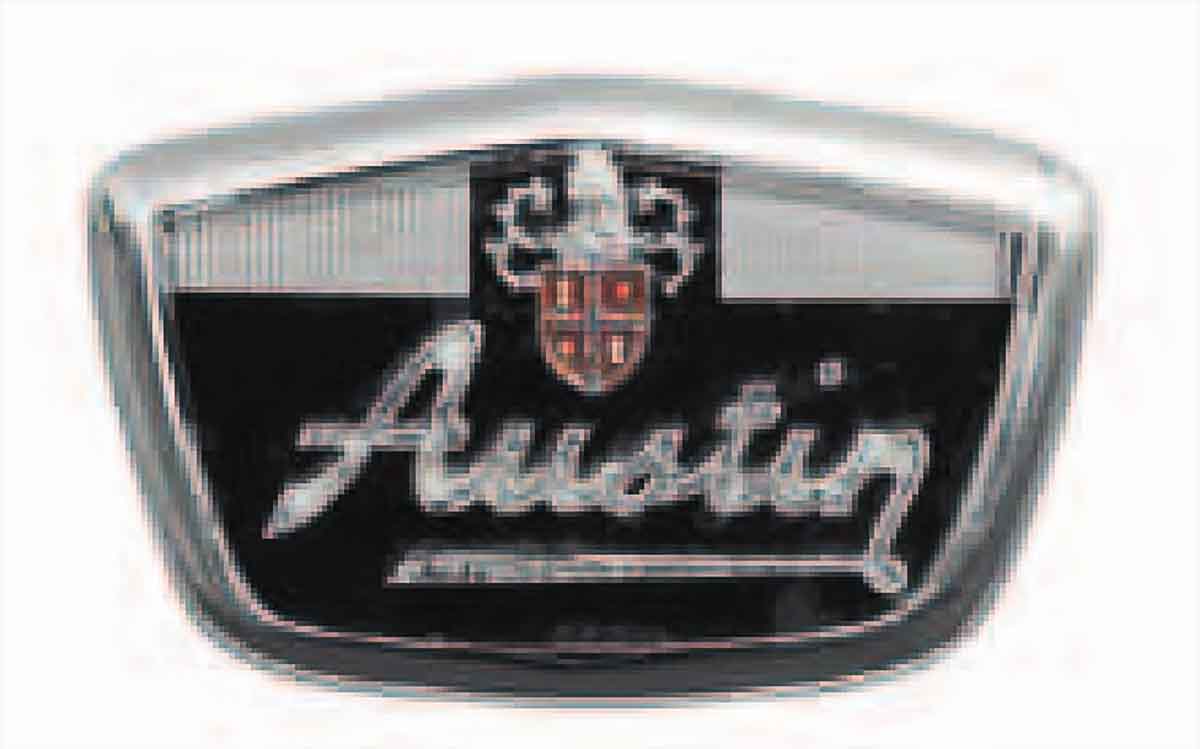
A touch of tradition
The Austin logo, shared by BMC’s other Longbridge models, features a script evolved from that used since the 1920s-most notably on the original 1922-39 Austin Seven.
THE EXTERIOR
“If it weren’t so damn ugly I’d shoot myself” said an admiring Italian automobile engineer after sampling a prototype Mini. Yet top stylist Battista “Pinin” Farina thought it hard to improve on the shape. There were always two schools of thought about the Mini: those who wished it had a bit more panache, and those who appreciated its functionalism and cheeky character.

“Seven” name abandoned in 1962
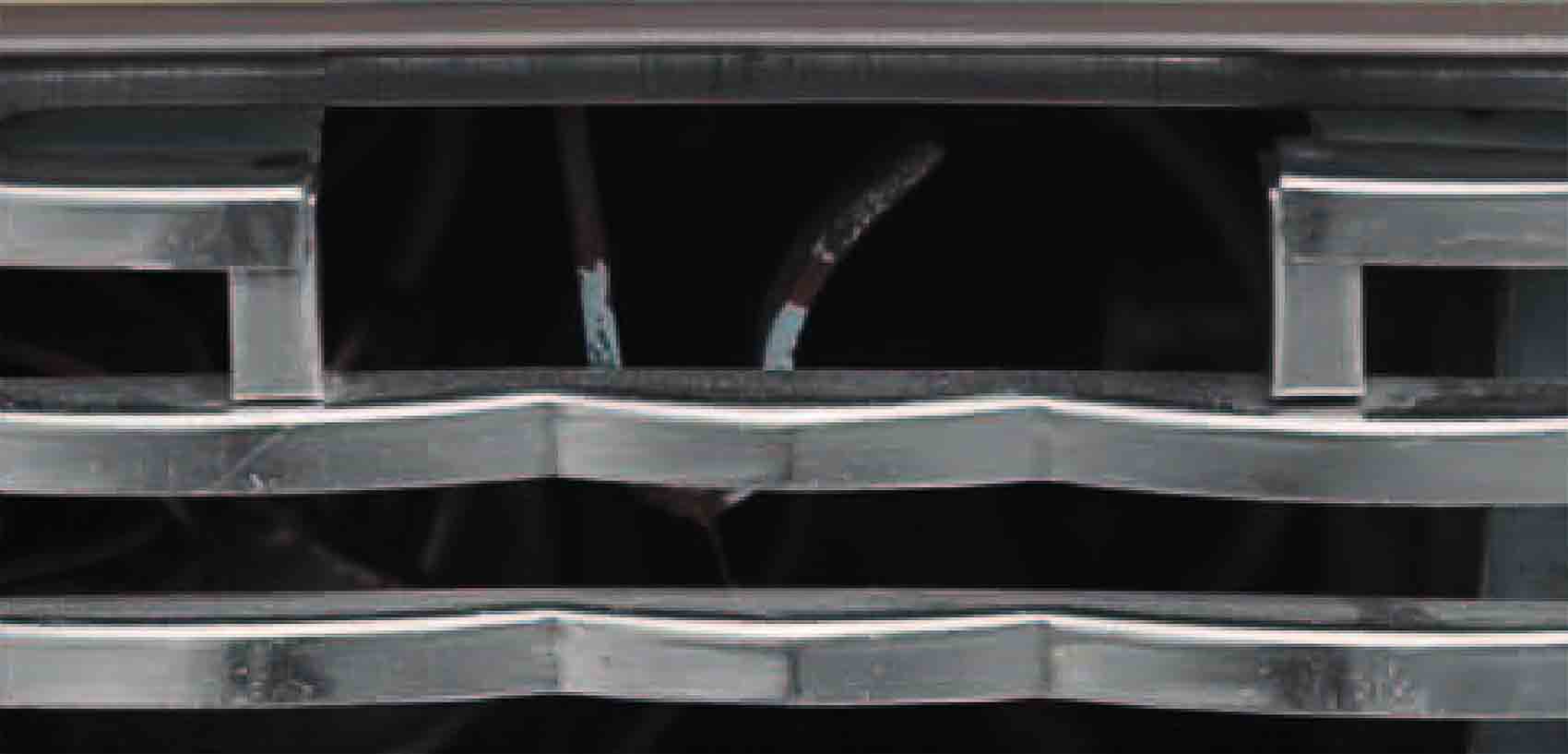
External access for hood catch
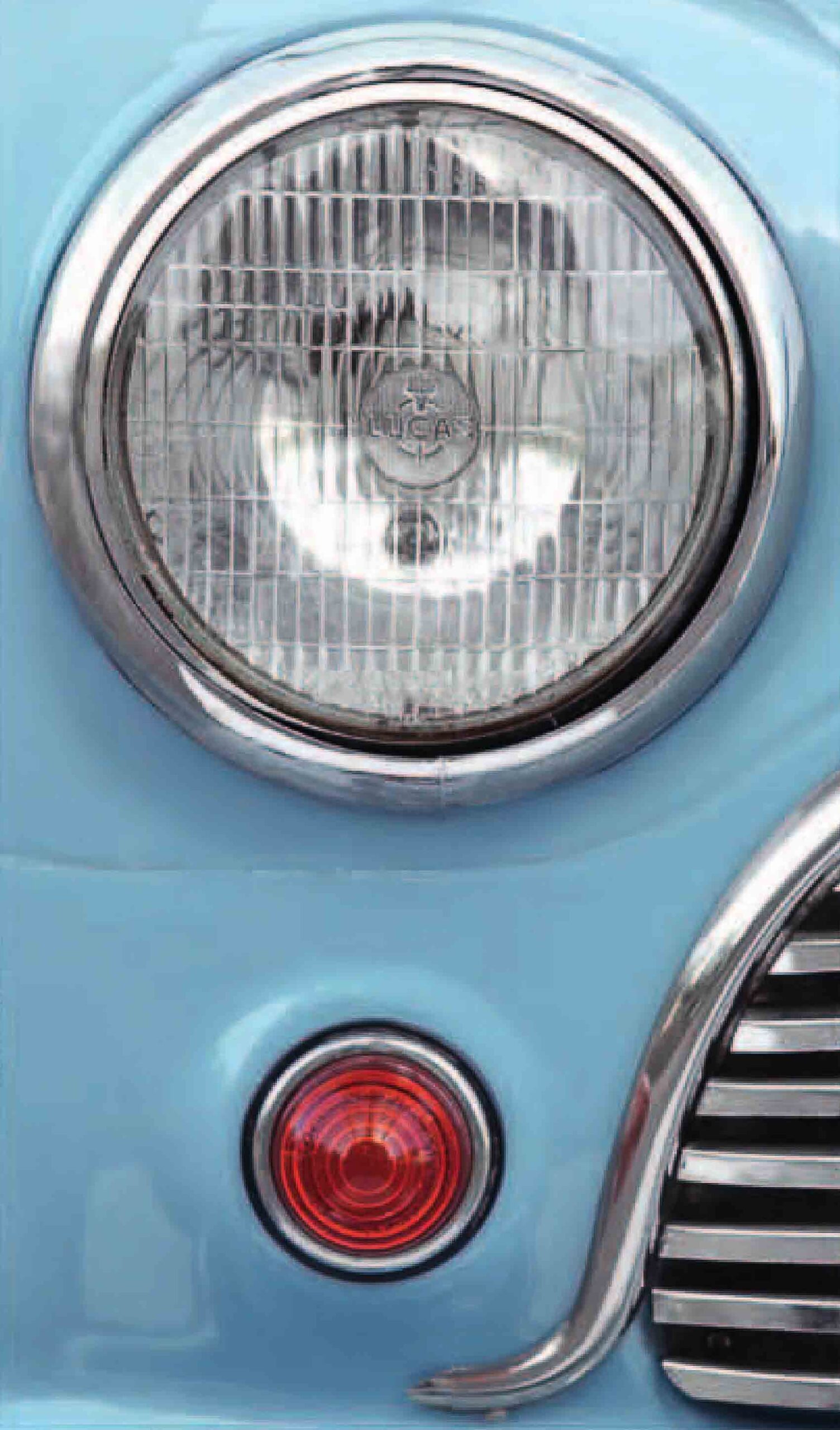
Simple frontal treatment

Torpedo-like hinges
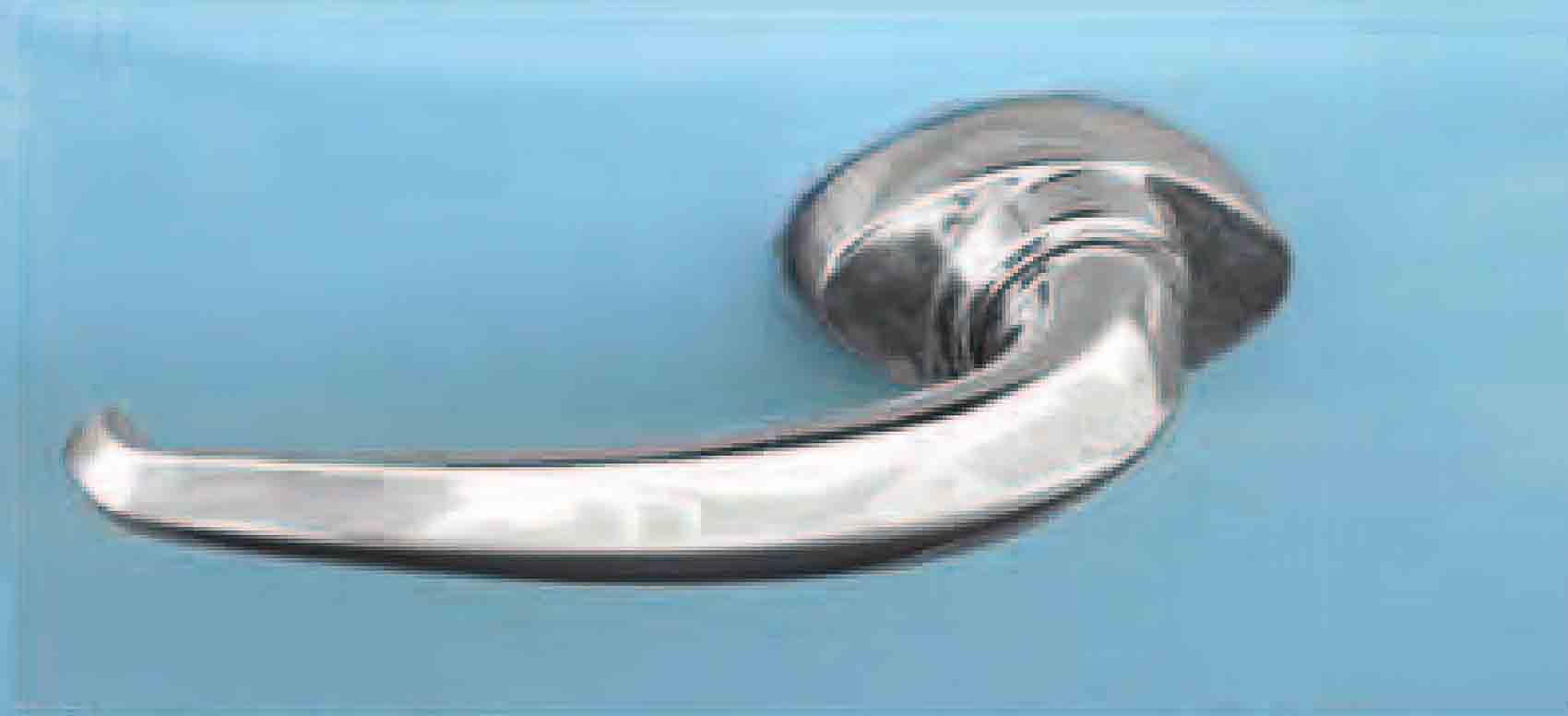
Handles later depressed in “bosses” for pedestrian safety
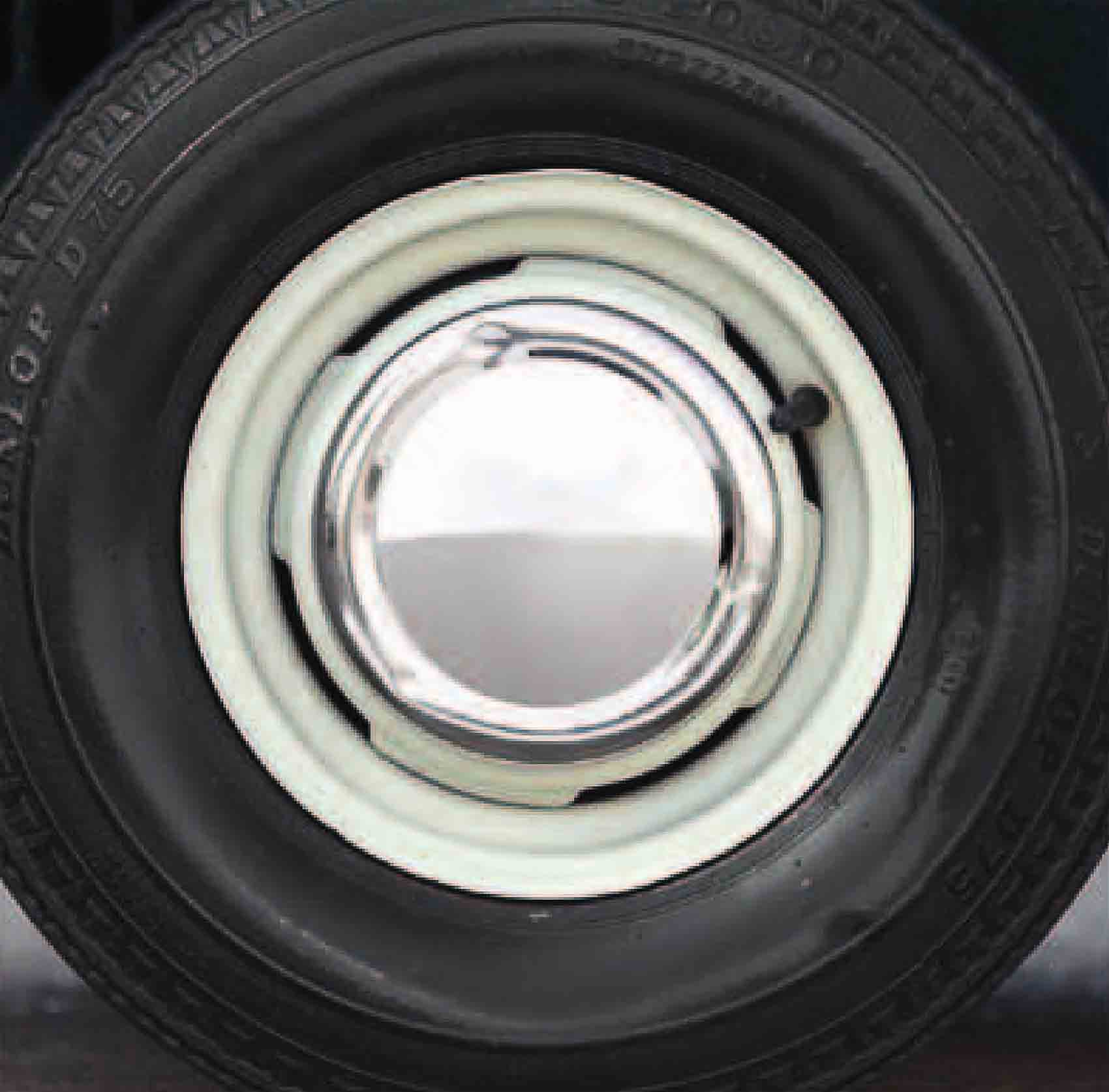
Full-width hubcaps on De Luxe
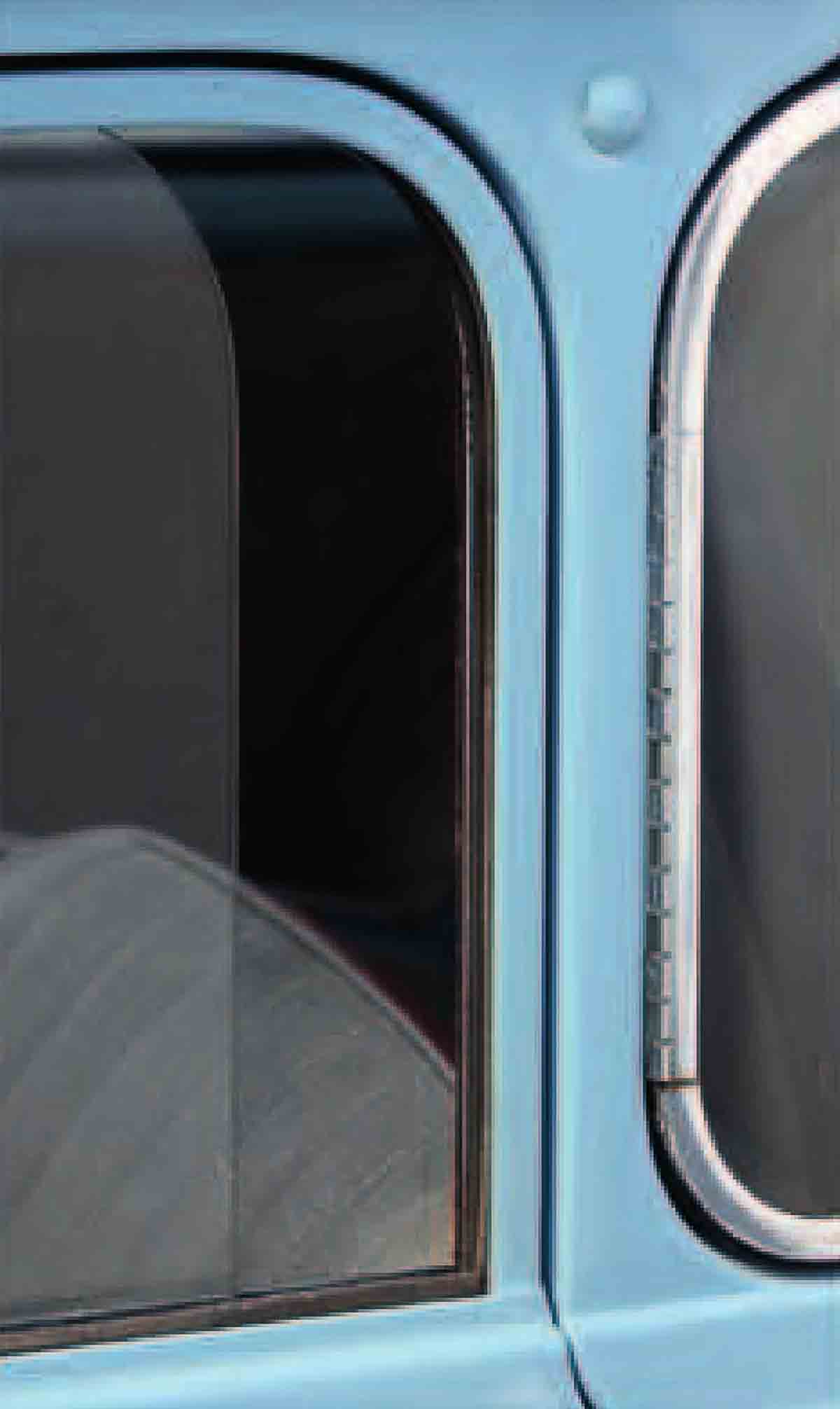
Sliding windows used until 1969
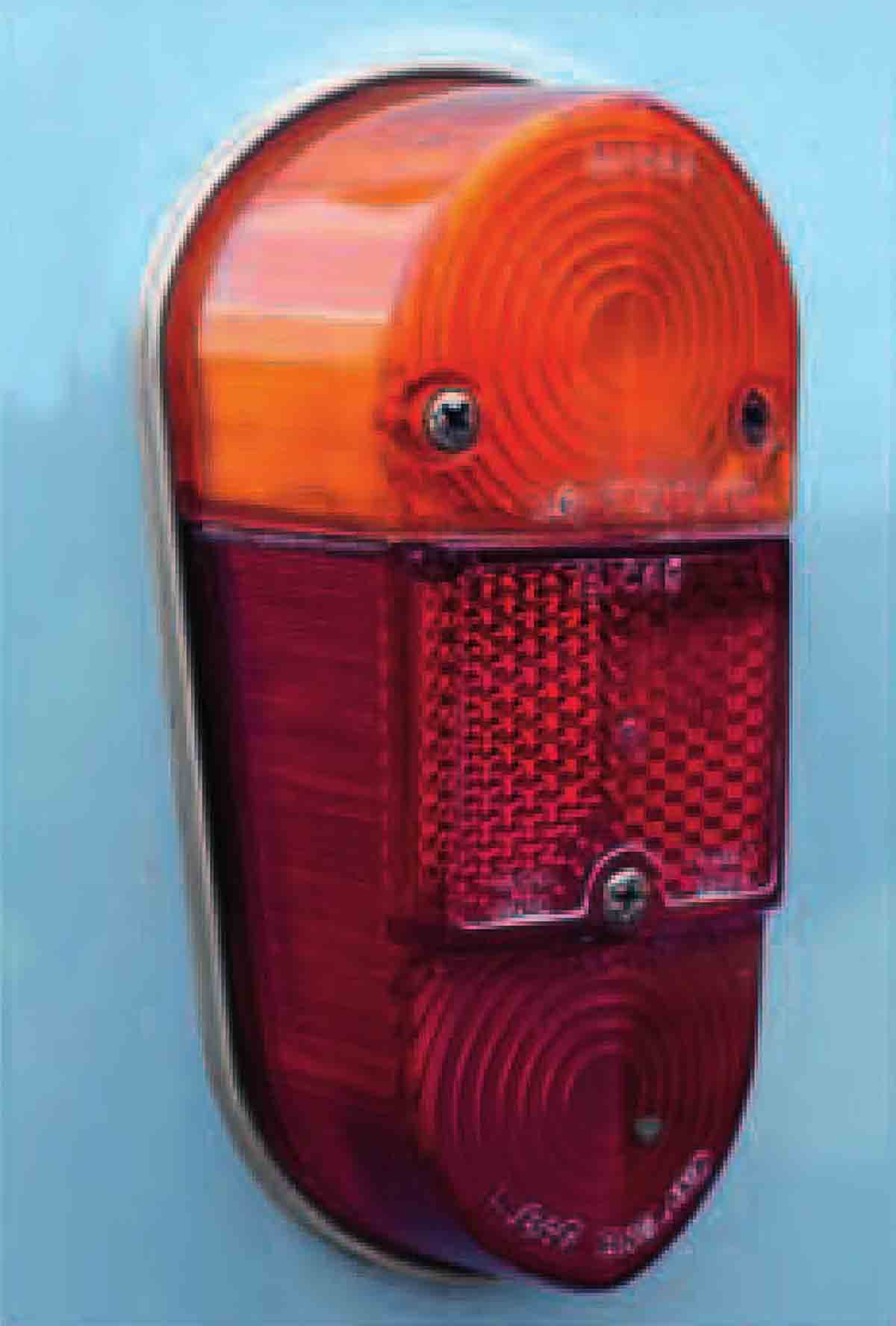
Over-center catch to open rear side window
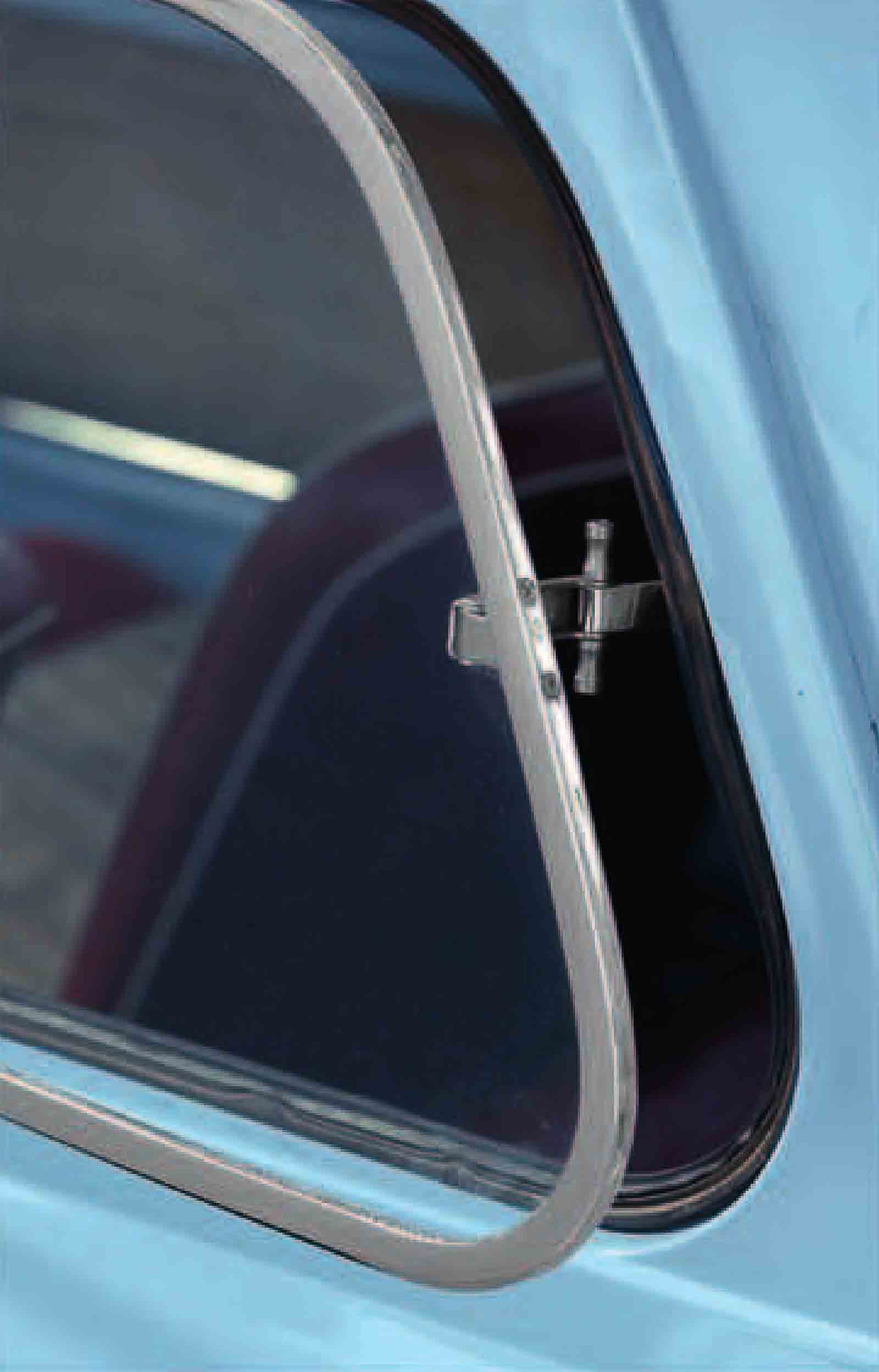
Taillights restyled for Mk II
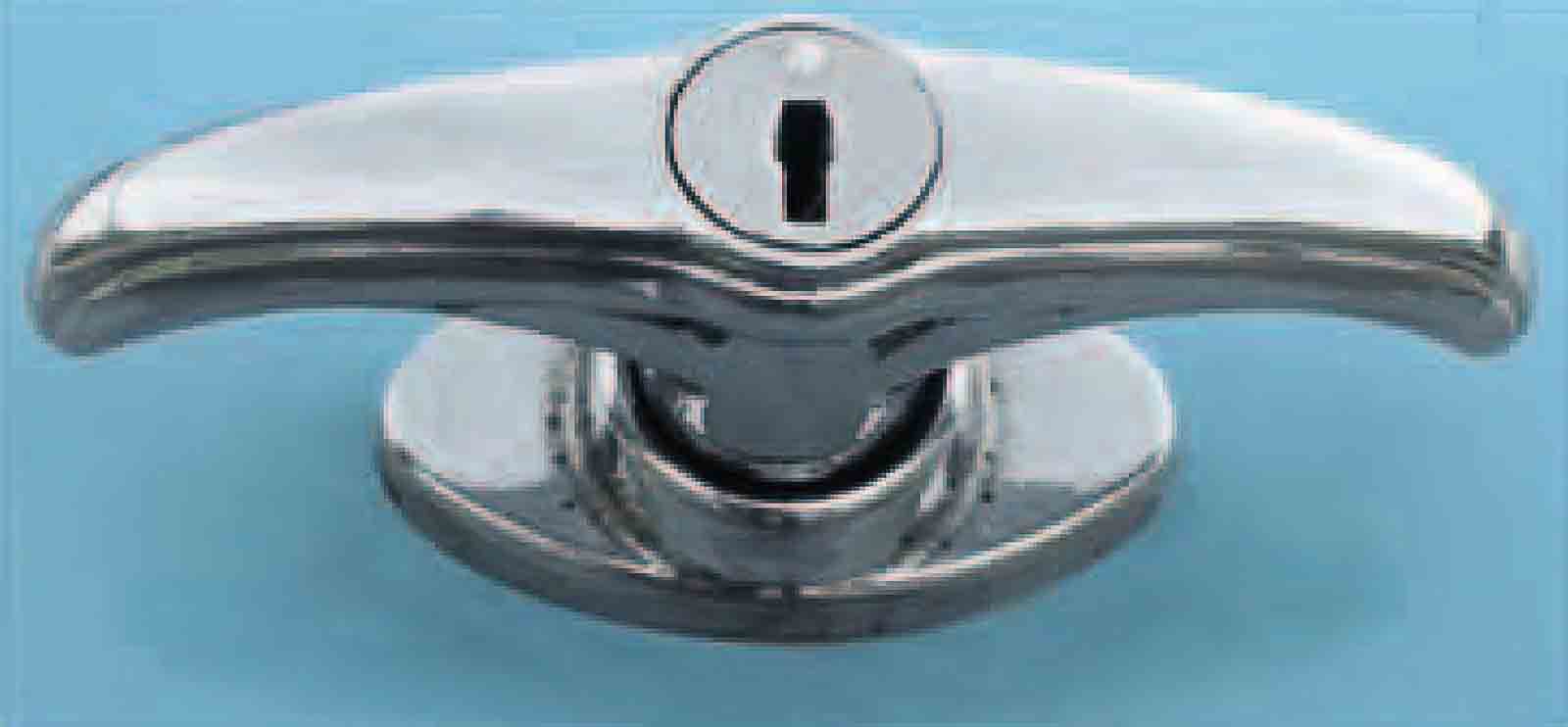
Curved trunk handle used in Mk l, Mk ll
THE INTERIOR
On an early Mini every trick is used to gain room. Besides the famous door bins (discarded in 1969), there are similar bins either side of the rear seat—under which there is further storage space. The bare dashboard, initially with just a single dial, allows a generous shelf and adds to the sense of spaciousness. Thin, upright seats have the same effect, but are notably uncomfortable.
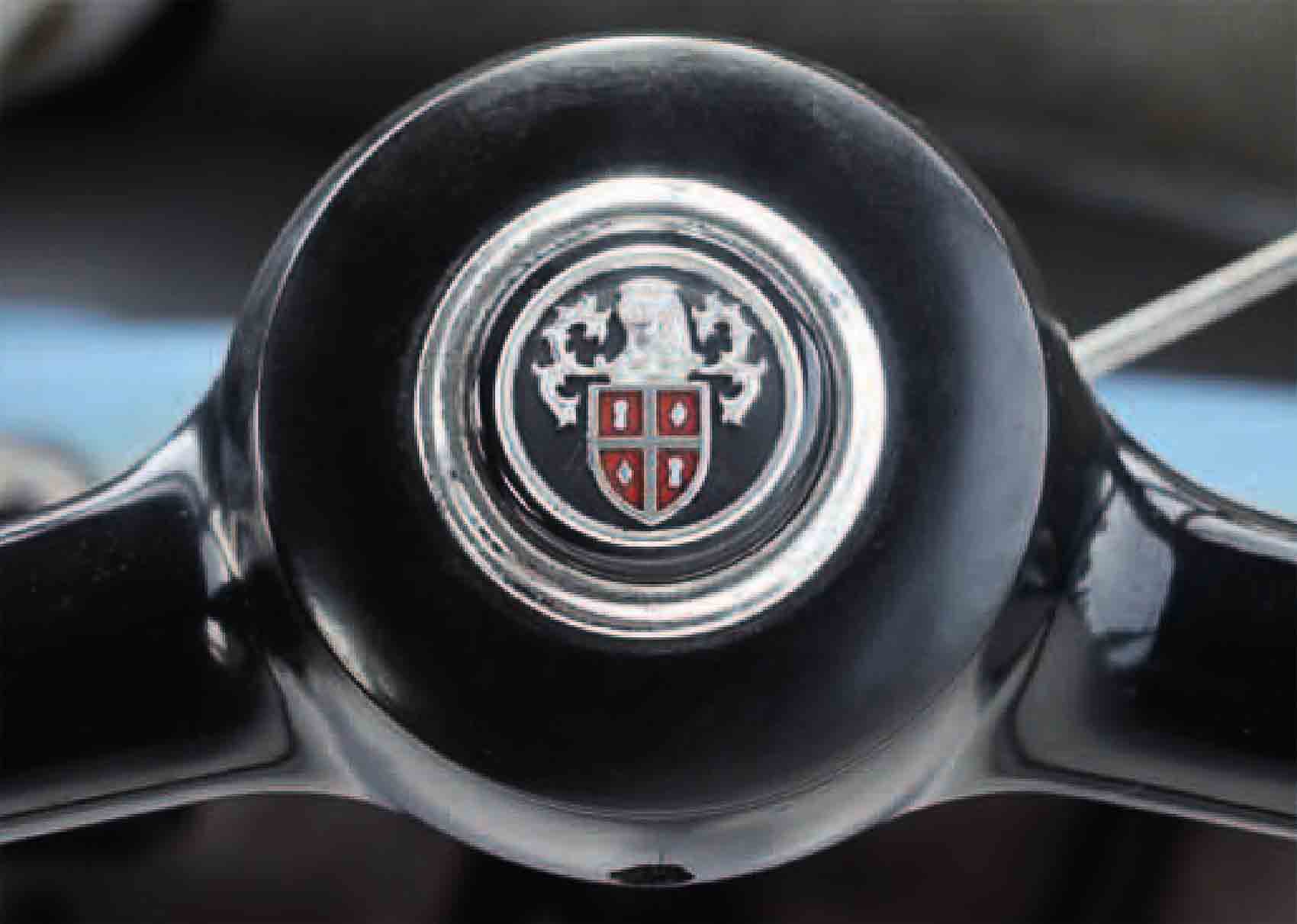
Austin crest repeated on horn push

Basic panel for switches
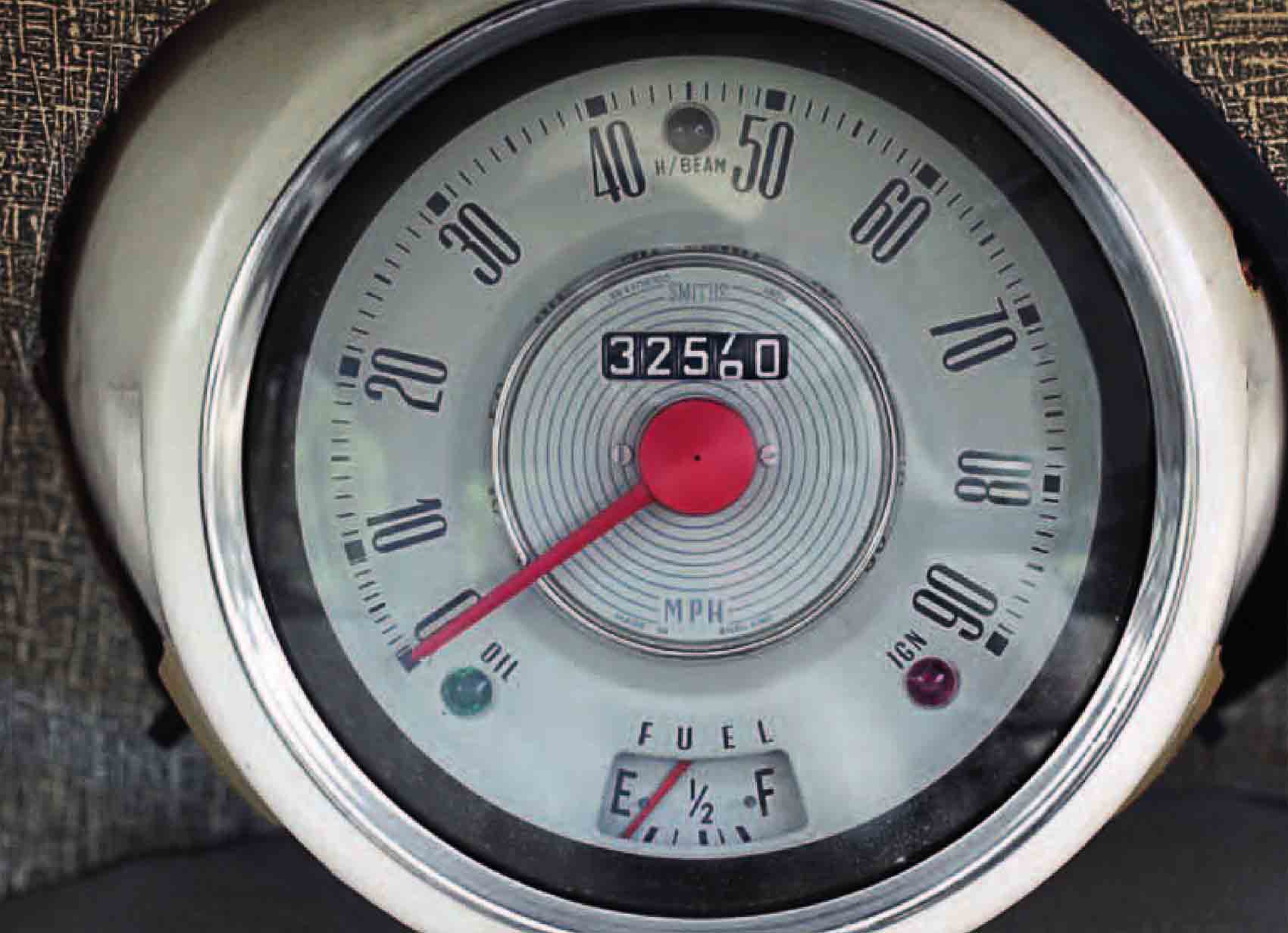
Central speedometer suits LHD and RHD cars
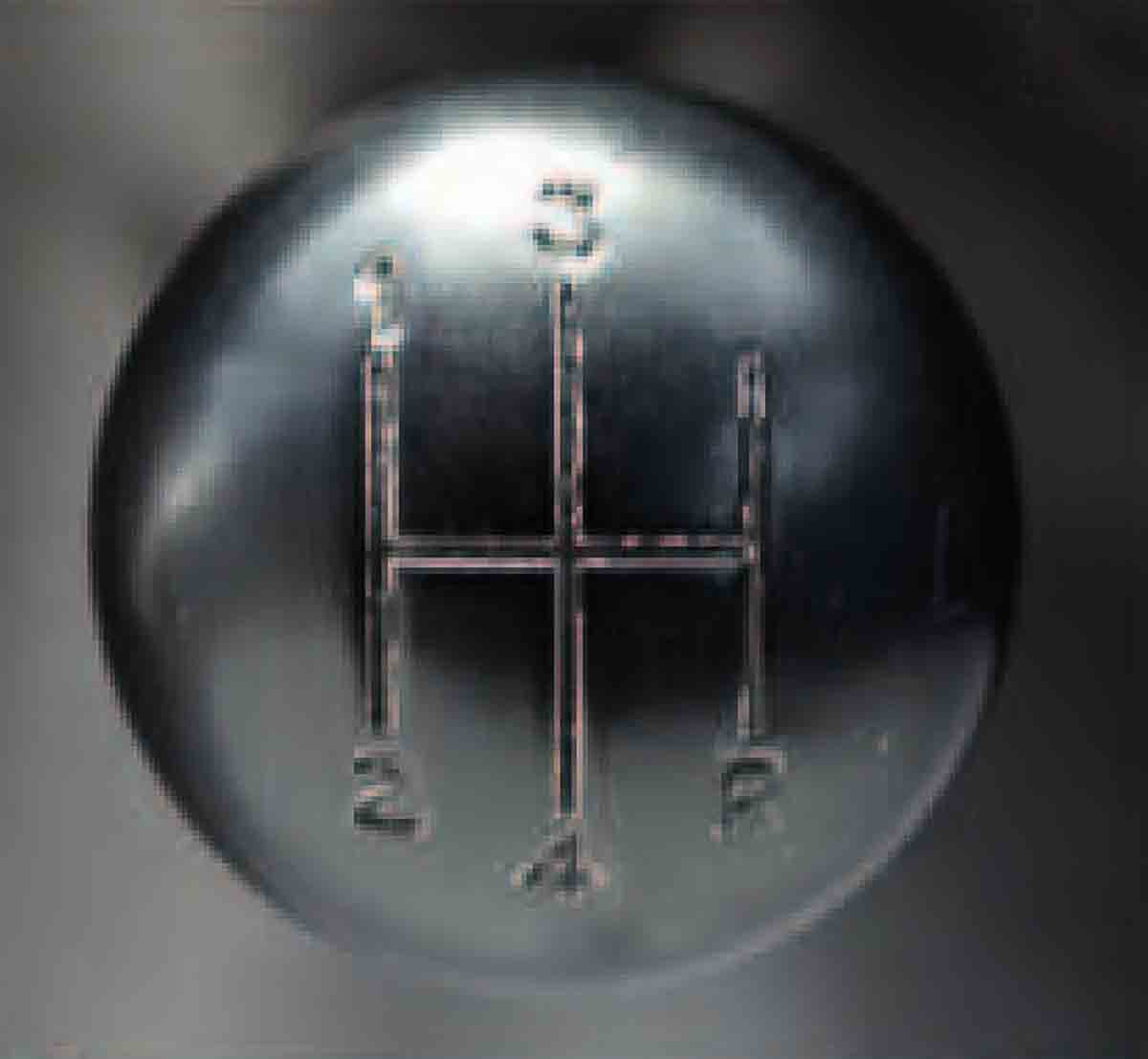
“Magic wand” gear lever was not very precise
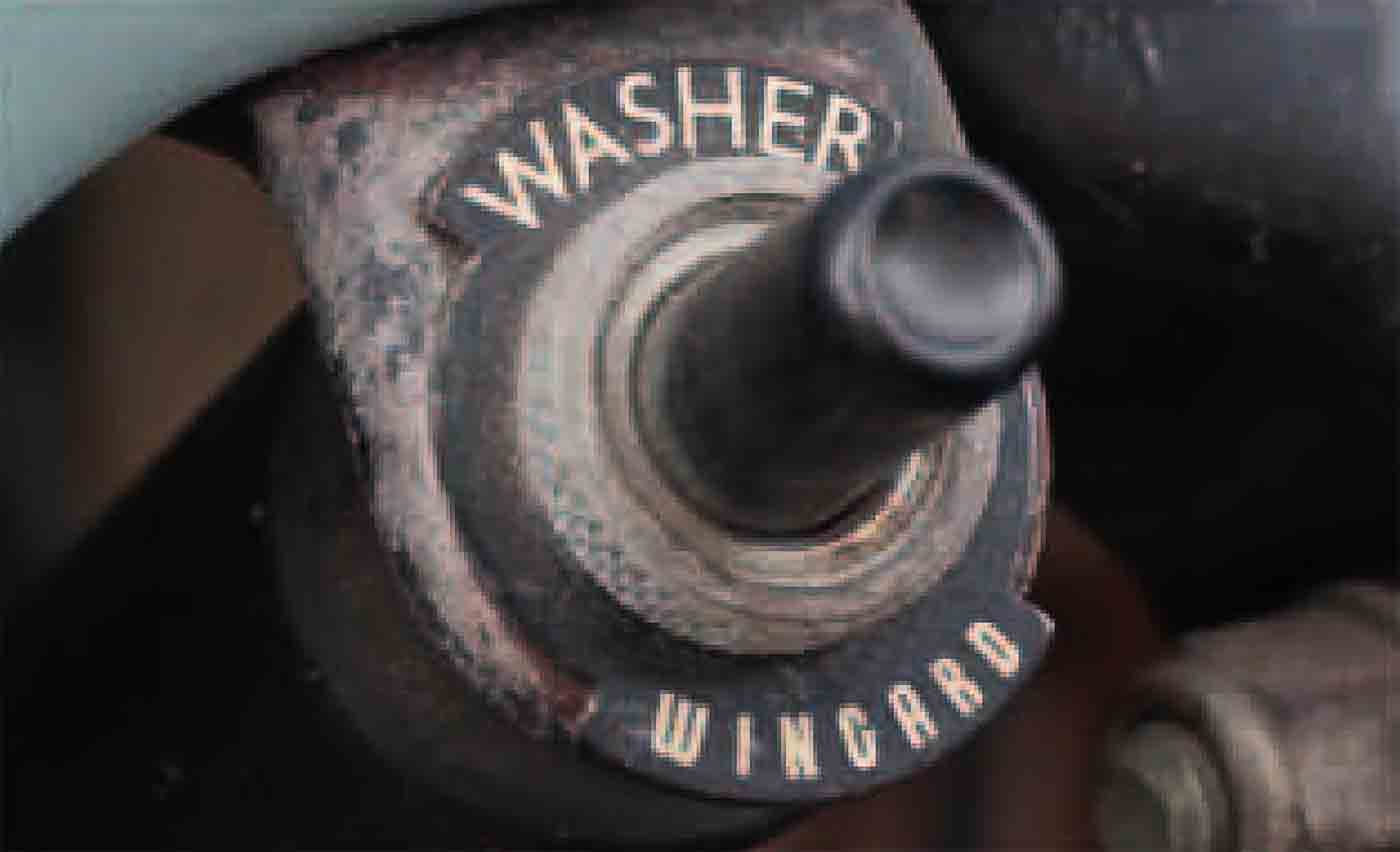
Windshield washer not standard
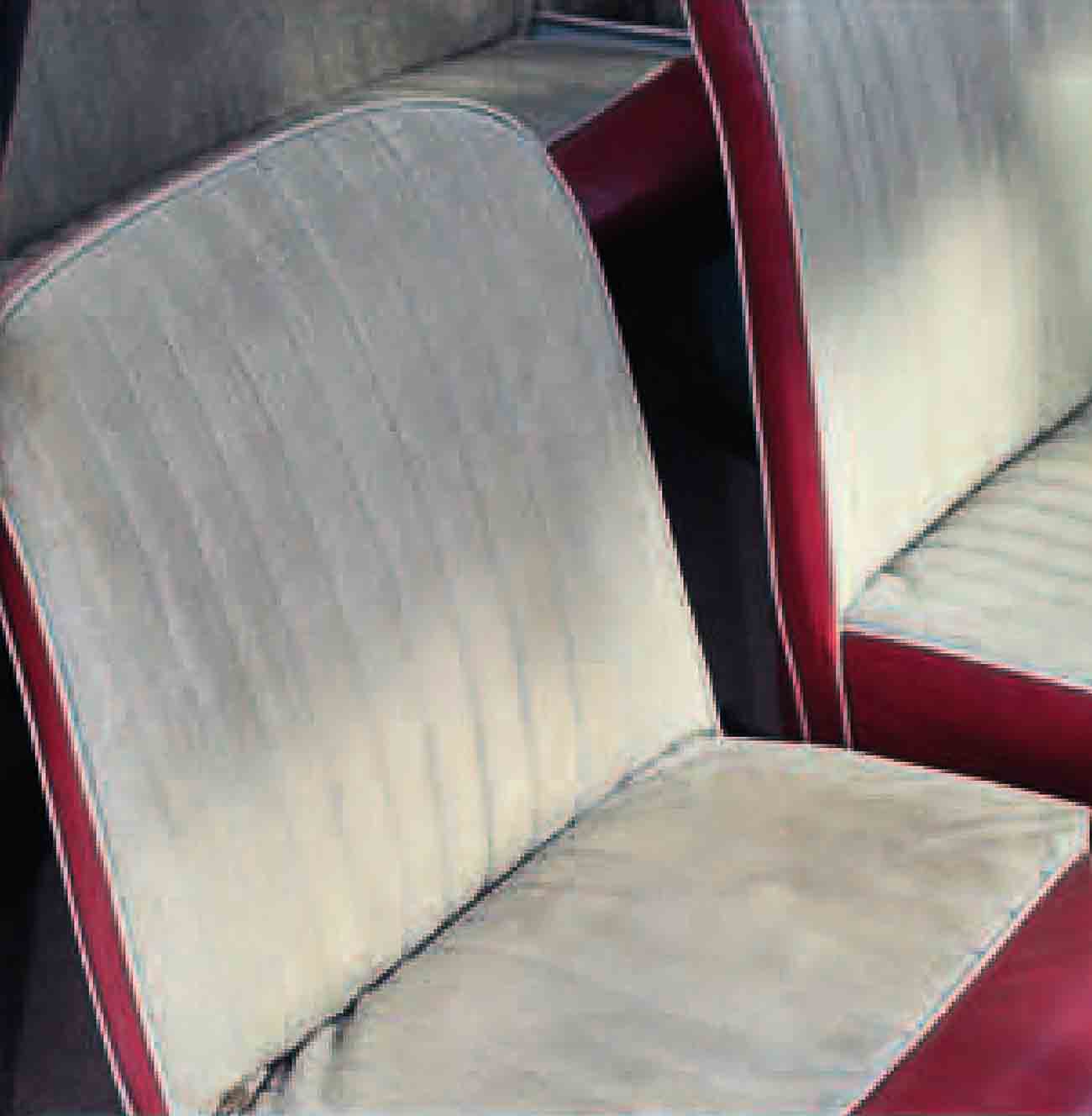
Upright seats help accommodate four people in car only 10 ft (3 m) long
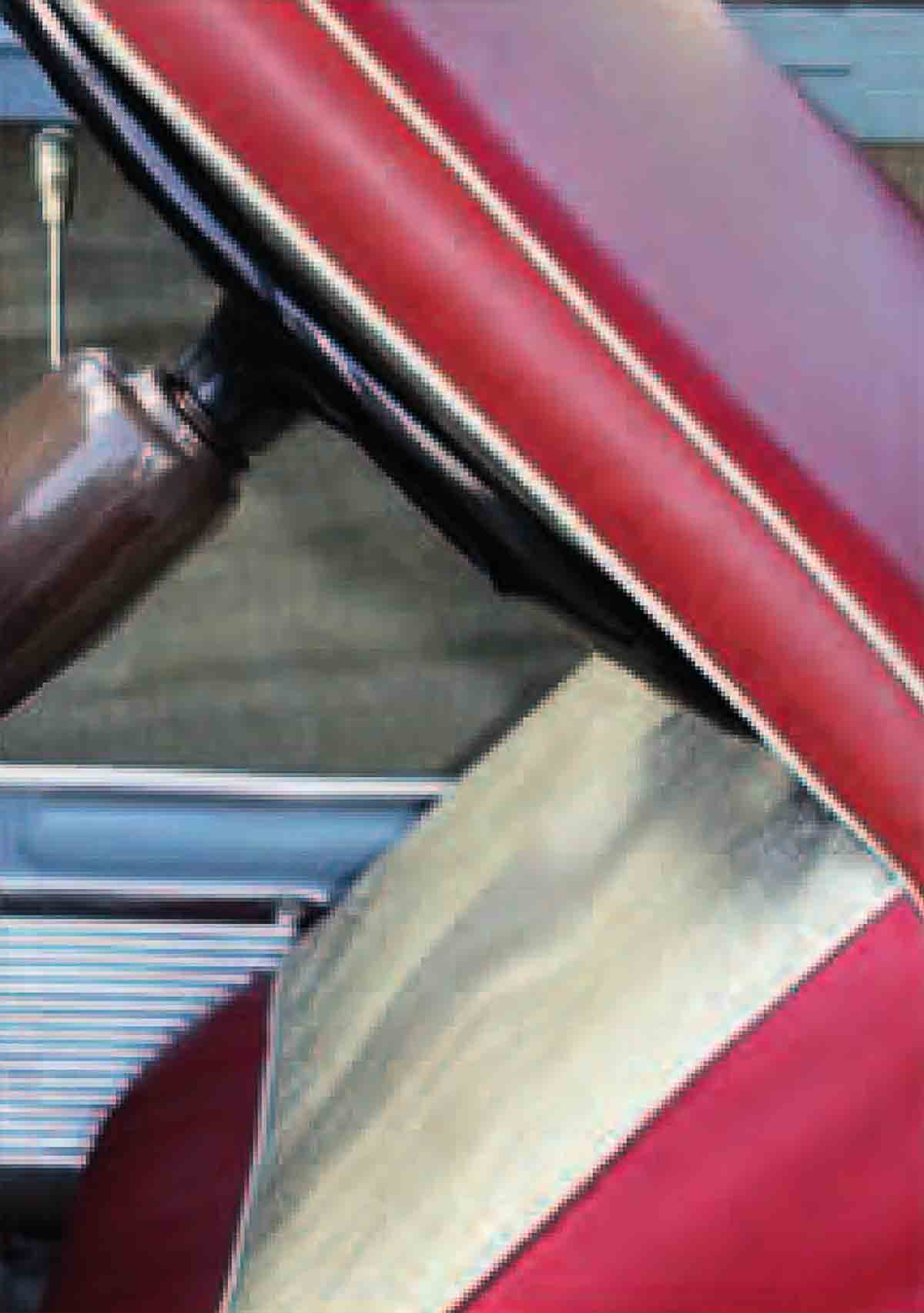
Thin cushioning gains space in interior
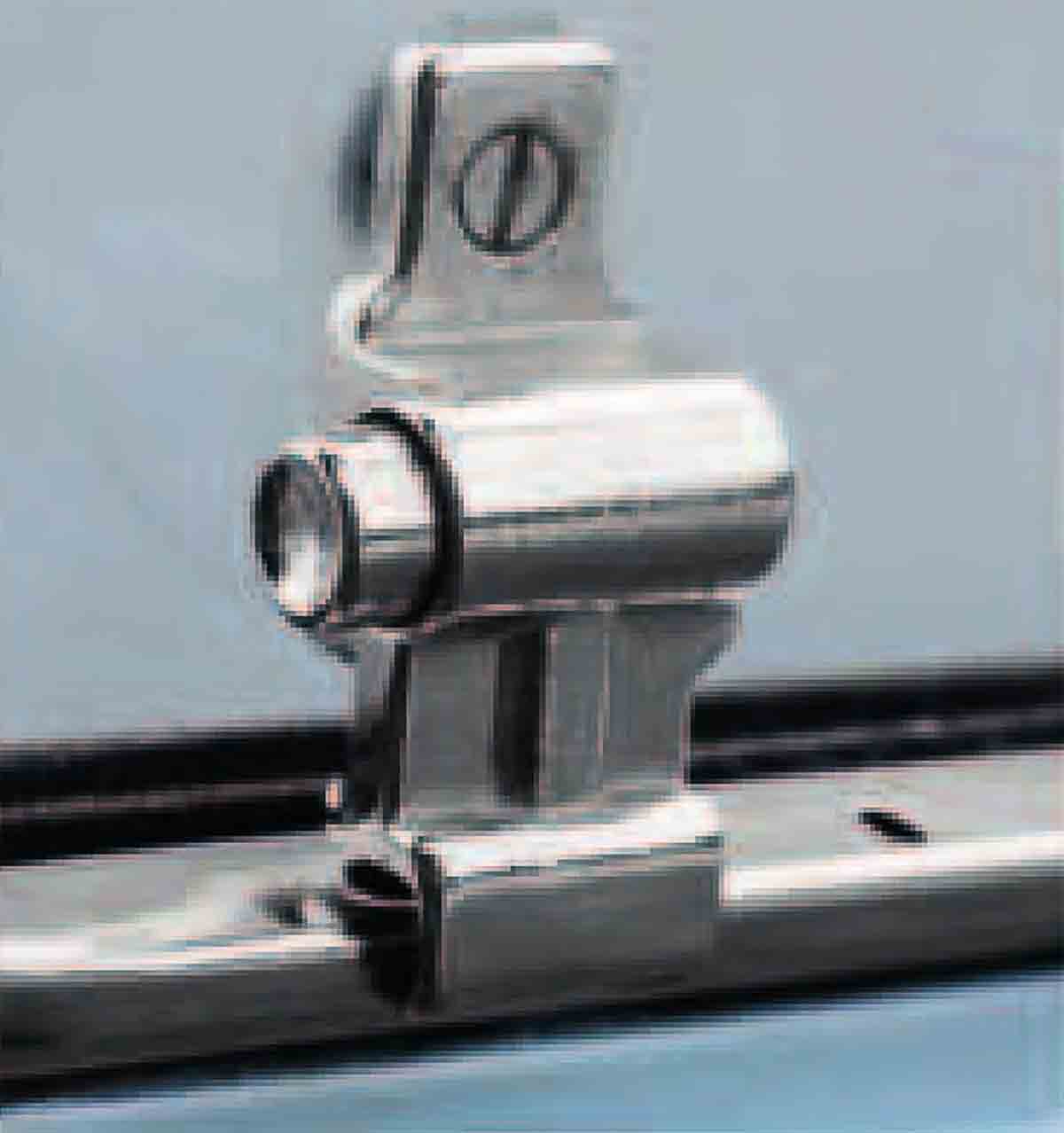
Metal window catches, replaced by plastic versions in 1963
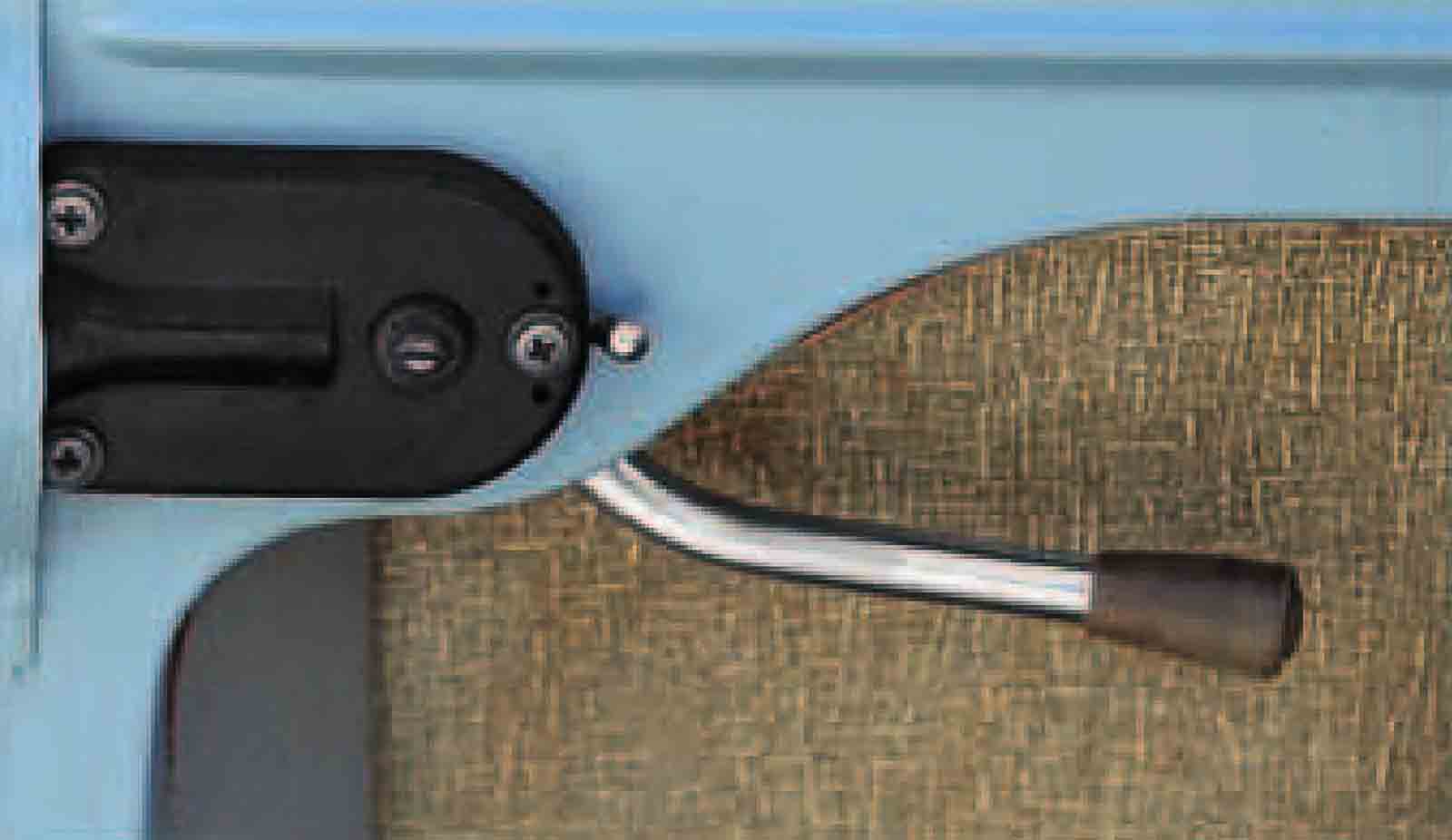
Non-standard door lever: “bootlace” cable normally used
UNDER THE HOOD
The secret of the Mini’s space efficiency is the transversely placed engine, and putting the transmission in the sump rather than having a gearbox on the end of the engine. The four-speed gearbox is operated by a long, willowy lever emerging from the toeboard; Coopers have an easier-to-use remote-control lever.
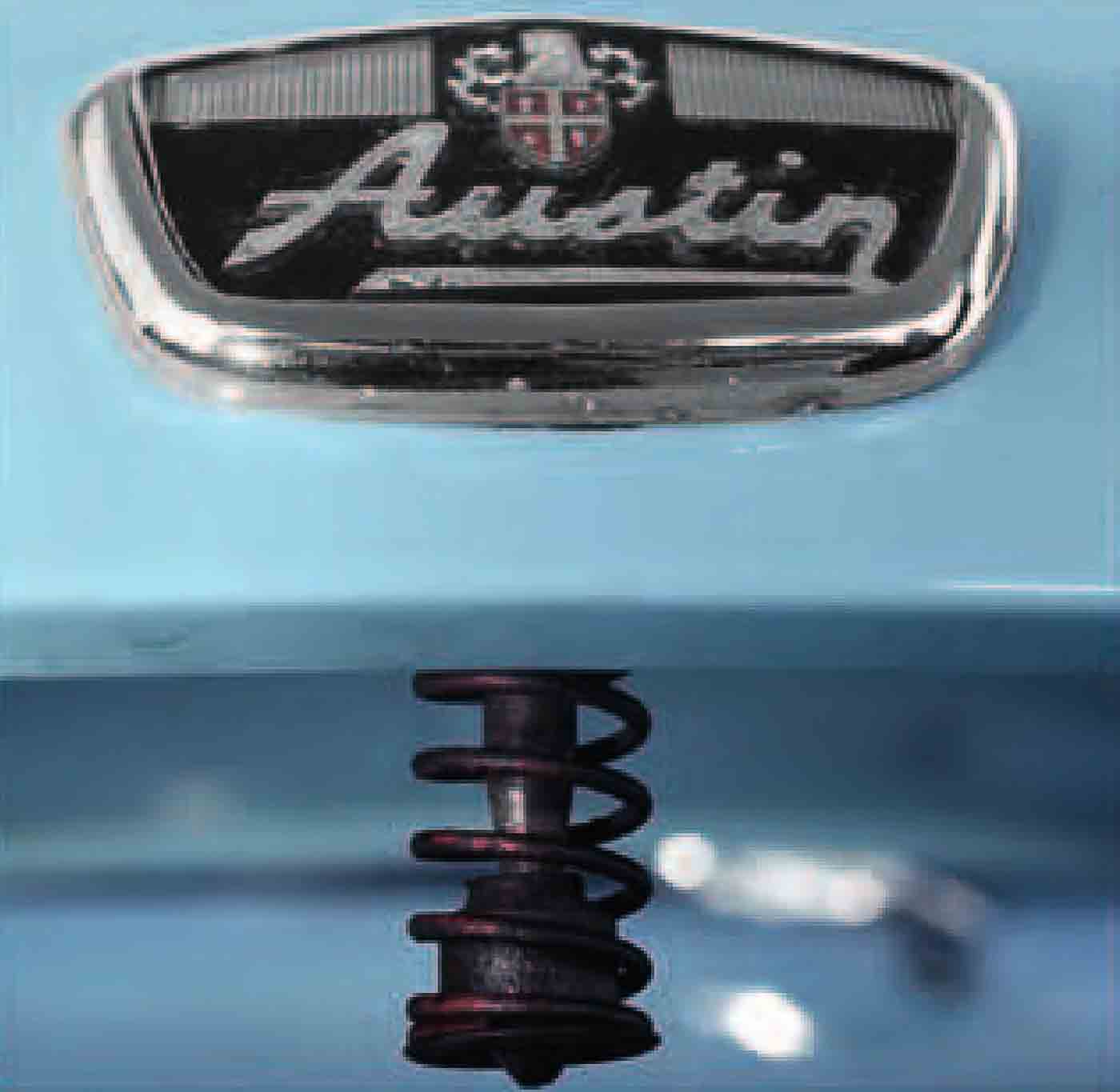
Hoood-release catch
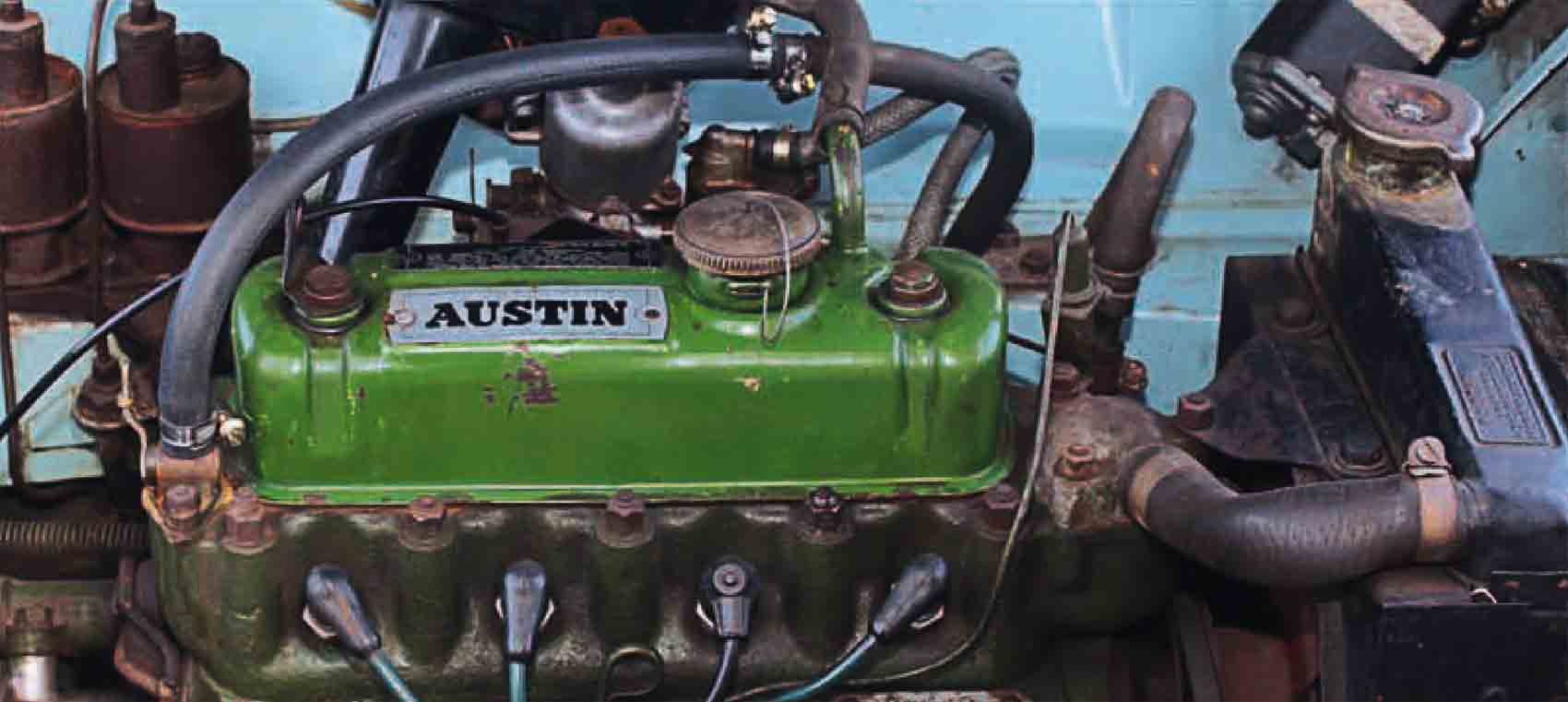
Transverse A-series engine
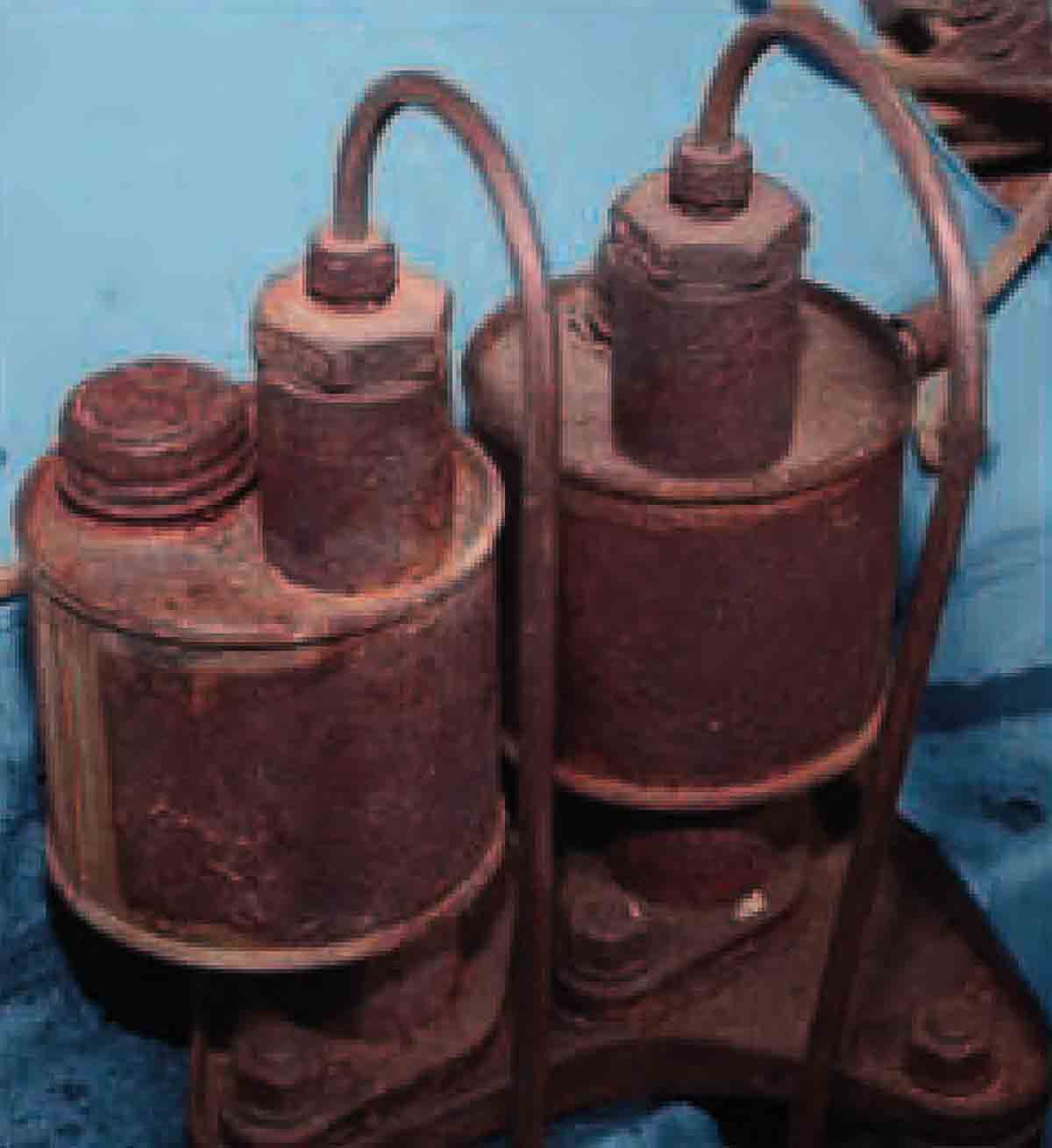
Clutch has hydraulic actuation
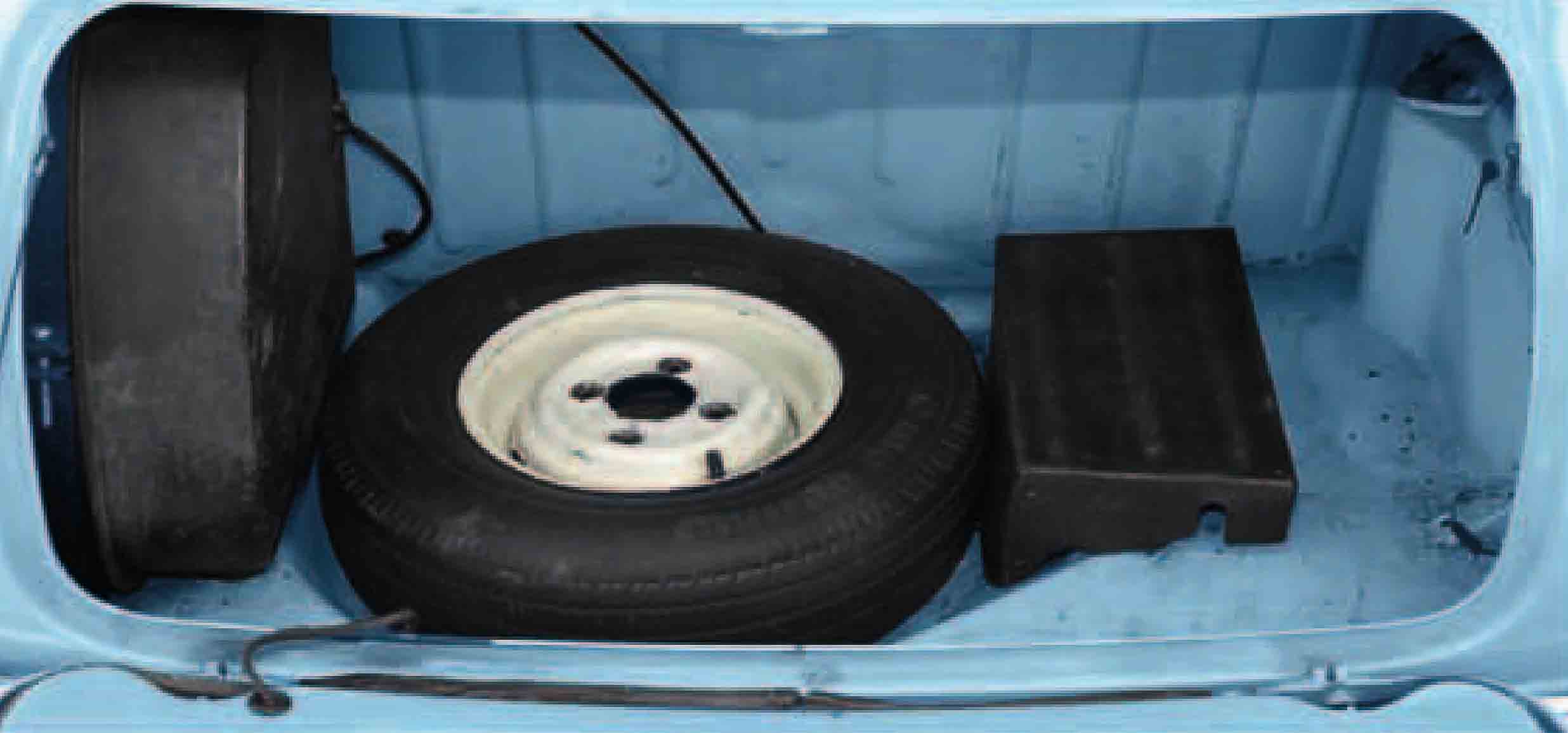
Battery and spare tire in trunk
It is a quote. The Definitive Visual History Of The Automobile 2011




